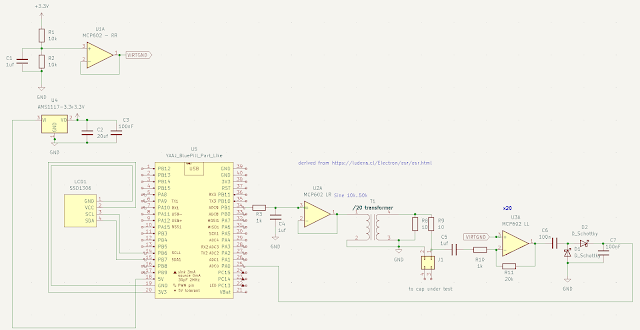CH32V307 : Self destructing WCH-Link
I bought a CH32V307 eval board. It's a cheap riscv chip with quite good specs. It looks similar to the STM32F103 or clones. The aim is to replace the GD32VF103 as riscv chip, it seems gigadevice is not very interested in it. So, i installed the mountriver stuff (standard eclipse based IDE), started it... It asked to update the WCHLink, ok please do and.... it broke it! It is detected as a WindHead something, which seems to means the bootloader has taken over due to bad firmware. After some researches, here is how to repair it: Put a blob of solder on the "ISP" pin of the wch-link to force update mode Download https://github.com/kaidegit/CMSIS-DAPbyWCH /!\ On windows /!\ , install the exe and start it. It does not work with wine. Flash the firmware WCH-Link_APP_IAP_RV.bin . It is in in one of the mountriver subfolder (/!\follow the instruction on the link above to flash it /!\) Remove the blob of solder Now it works, and i...
